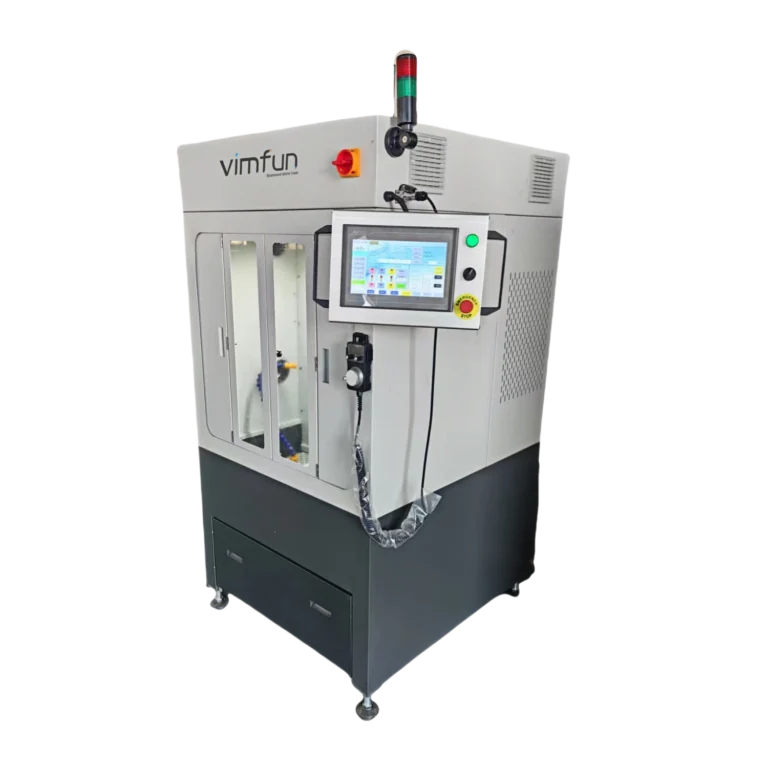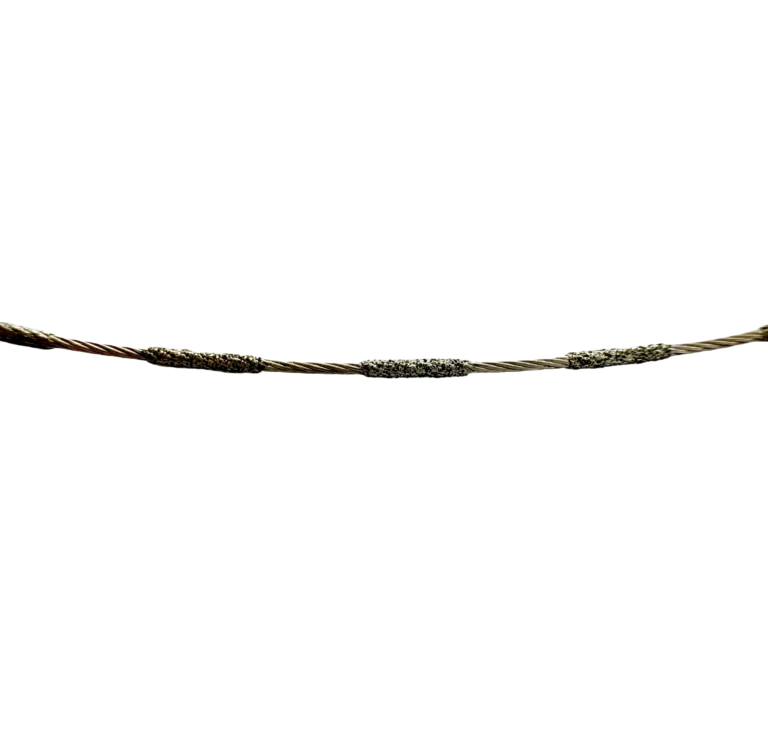Introduction:
Sapphire substrates are essential components in LED manufacturing, optical devices, and semiconductor applications due to their exceptional hardness and thermal stability. However, cutting these substrates with precision is a significant challenge. Traditional methods like diamond blade sawing and laser cutting often lead to issues such as micro-cracks, thermal damage, and high material waste. To overcome these limitations, scie à fil diamanté technology has emerged as an advanced solution that enhances precision and reduces waste.

1. Challenges in Sapphire Substrate Cutting
Cutting sapphire substrates is particularly demanding due to its unique properties:
- Extreme Hardness: Sapphire is rated 9 on the Mohs scale, making it incredibly hard and difficult to cut without surface damage.
- Brittleness: Its brittleness increases the risk of chipping and cracking during mechanical sawing.
- Thermal Sensitivity: Laser cutting generates significant heat, causing thermal stress and potential micro-cracks.
- Déchets matériels : Conventional diamond blade saws often produce thicker kerfs, leading to more material loss.
These challenges highlight the need for more precise and less invasive cutting technologies, such as diamond wire saws.
2. Advantages of Diamond Wire Saw Technology
Diamond wire sawing offers several benefits over traditional methods:
- Perte minimale de l'épaisseur de la bande de roulement : The ultra-thin wire reduces material waste, maximizing substrate yield.
- Reduced Thermal Stress: The low-friction cutting process minimizes heat generation, preventing thermal damage.
- Finition de surface améliorée : Diamond abrasives provide smoother cuts with fewer surface imperfections.
- Higher Cutting Precision: Enables intricate and consistent cuts, crucial for optical and semiconductor-grade applications.
Compared to laser and diamond blade cutting, diamond wire sawing delivers superior surface integrity and yield optimization.
3. Comparing Diamond Wire Saw with Traditional Methods
| Paramètre | Scie à fil diamanté | Découpe au laser | Diamond Blade Saw |
|---|---|---|---|
| Largeur de saignée | Thin, minimal material loss | Moderate, higher loss | Wide, significant waste |
| Qualité de la surface | Smooth, minimal damage | Micro-cracks possible | Chipping and rough edges |
| Production de chaleur | Low, minimal thermal stress | High, risk of warping | Low, but mechanical stress |
| Vitesse de coupe | Fast and precise | Fast but rough edges | Moderate, lower precision |
Diamond wire technology consistently outperforms traditional methods in terms of precision, material efficiency, and surface quality.
Conclusion
Sapphire substrate cutting is challenging due to its hardness and brittleness. Traditional methods often result in material waste and surface imperfections. Diamond wire saw technology addresses these issues by offering superior precision, less material loss, and better surface quality. For industries demanding high-quality sapphire substrates, scie à fil diamantéing is the advanced solution for optimized performance.
👉 Click here to explore our advanced diamond wire saw solutions for sapphire substrate cutting.



